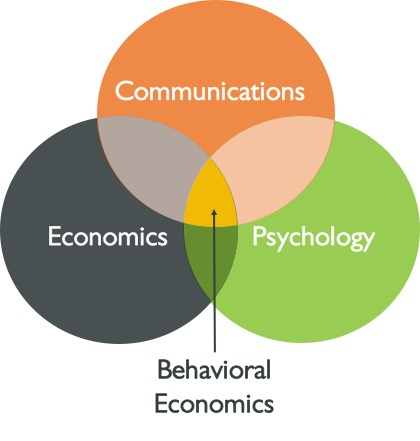Marketing Guides
Strategic Planning
Understanding the Psychology of Your Buyer
Here’s a secret of great marketers:
They truly understand the psychology of their buyer.
Marketing is about persuasion: creating the impression you want to make, eliciting a specific feeling or response, and then enticing a person to take action.
If that sounds difficult, you’re right – it can be.
The great advertisers of yesteryear kept their persuasion secrets closely guarded and made terrific livings out of convincing people to purchase their products (which many probably didn’t need)!
Today, things have changed, as research is showing that consumers no longer trust company-sponsored advertisements. Strong brands are creating authentic communication with their markets, guided by a sense of responsibility and purpose.
Even though the approach has changed, the first fundamental step of effective marketing hasn’t: Having a detailed and strong understanding of a typical buyer, or market segment.

Having this insight enables you to create specific communication that is meaningful to people and shows that you understand them, which allows them to create an emotional bond with your brand.
This is even true with B2B brands, yet it’s common for me to see many B2B marketers and salespeople focusing on product or service features and minor points of differentiation (which often aren’t recognized by the typical buyer) and then expecting those concrete details to cause people to buy.
They’re missing out on the bigger opportunity.
Behavioral Economics – A New Focus on Buyer Psychology
While there’s no perfect blueprint for persuading your buyers, scientists and great thinkers are spending much effort to create one. The emerging discipline of behavioral economics has been gaining traction in top universities over the past decade. Great thinkers who previously focused on the “hard” sciences like physics and chemistry are now focusing on “soft” sciences like behavioral economics, which studies the effects of psychological, social, cognitive, and emotional factors on the economic decisions of individuals and institutions and the consequences for market prices, returns, and resource allocation.
Behavioral economics research is shedding light on the biases and mistakes that people make, time and time again. Popular books such as Richard Thaler and Cass Sunstein’s Nudge, Dan Ariely’s Predictably Irrational, and Daniel Kahneman’s Thinking, Fast and Slow have introduced many to this research. It’s fascinating work, and challenges the classical economic theory I was taught at the University of Michigan in the early 1990s.

That means there’s a great opportunity for those who endeavor to learn the psychology of their buyer. To start, I recommend creating a strong buyer persona. Apple and technology marketers have used buyer personas for decades, and they’re almost always a more effective approach than using general market segments.
Uncover the Psychology of Your Buyer With a Detailed Persona
To create your first persona, think about a person who represents a typical group of your buyers. Give them a name. Find a photo to represent that person and describe that person. What is her job? Her responsibilities? Her ambitions? Her fears? What are her daily stressors? What makes her happy?
What inspires her?
- Movements
- Relationships
- Curing disease
- Travel
- Culture
- Competition
- Winning
- Information
- Knowledge
What does she care about?
- Nurturing
- Doing good
- Being a part of something
- Art
- Food
- Drink
- Being different
- Challenging herself
Take the answers to these questions and summarize them in a document or slide that you and others on your marketing team can reference. Include a photo or a sketch of the person. You can see how others do it by searching Google – Images for buyer persona.
The more time you spend truly understanding your typical buyer, the easier it will be to create communication that inspires her to take action and become a loyal customer.

This content summarizes one of the steps in Module 1 – Inspire, of our Strategic Marketing Course. This module is about defining the authentic elements of your brand – the things that really matter to your buyers. To do so, you must truly understand the psychology of your buyer, and then communicate what you stand for in a way that inspires them to take action. This creates loyal brand ambassadors and followers.
A Comprehensive Brand Strategy Toolkit
Everything You Need for Your Brand Strategy Project